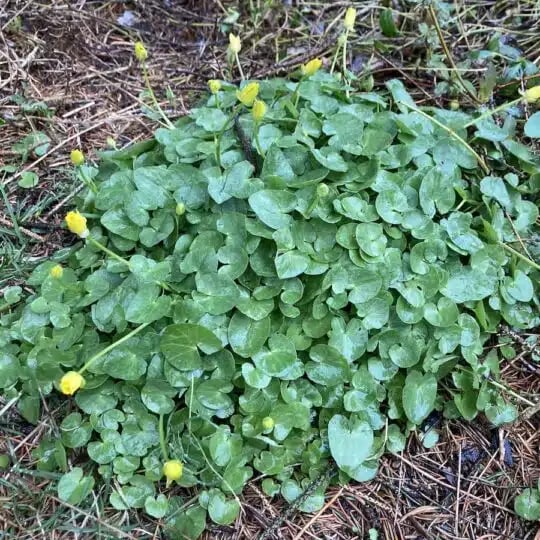Lawn Weed Library
Lesser Celandine

Scientific Name: Ficaria verna
Common Names: lesser celandine, pilewort, fig buttercup
Family: Ranunculaceae
Brief Description: Lesser celandine is an invasive species that has fleshy dark green, heart-shaped leaves and distinctive flowers with bright yellow, glossy petals.
Related Weeds:
- Alba Group
- Brambling
- Brazen Hussy
What is Lesser Celandine?
Lesser Celandine (Ranunculus ficaria) is a small herbaceous plant that is native to Europe and parts of western Asia. It is an invasive species in North America, meaning it can quickly spread and overtake a landscape. Lesser Celandine has yellow flowers and leaves with three or four leaflets. It prefers wet, shady areas and is typically found in woodland margins, alongside rivers, ponds, ditches, and other moist habitats.
The plant produces a shallow root system that makes it difficult to remove without damaging surrounding vegetation.
How to Prevent Lesser Celandine?
- Ensure that all garden tools, footwear, and other equipment are clean before entering a new natural area.
- Avoid mowing or digging in areas where the plant is present, as this can spread the seeds further.
- If possible, try to remove any plants that have already taken root by hand or with specialized removal tools.
- If dealing with large-scale infestations, applying herbicides formulated for controlling aquatic weeds may be effective in reducing the spread of Lesser Celandine.
Need Help with Lesser Celandine?
Call today at and let's talk about how we can help you with Lesser Celandine and other Lawn Weed Library.